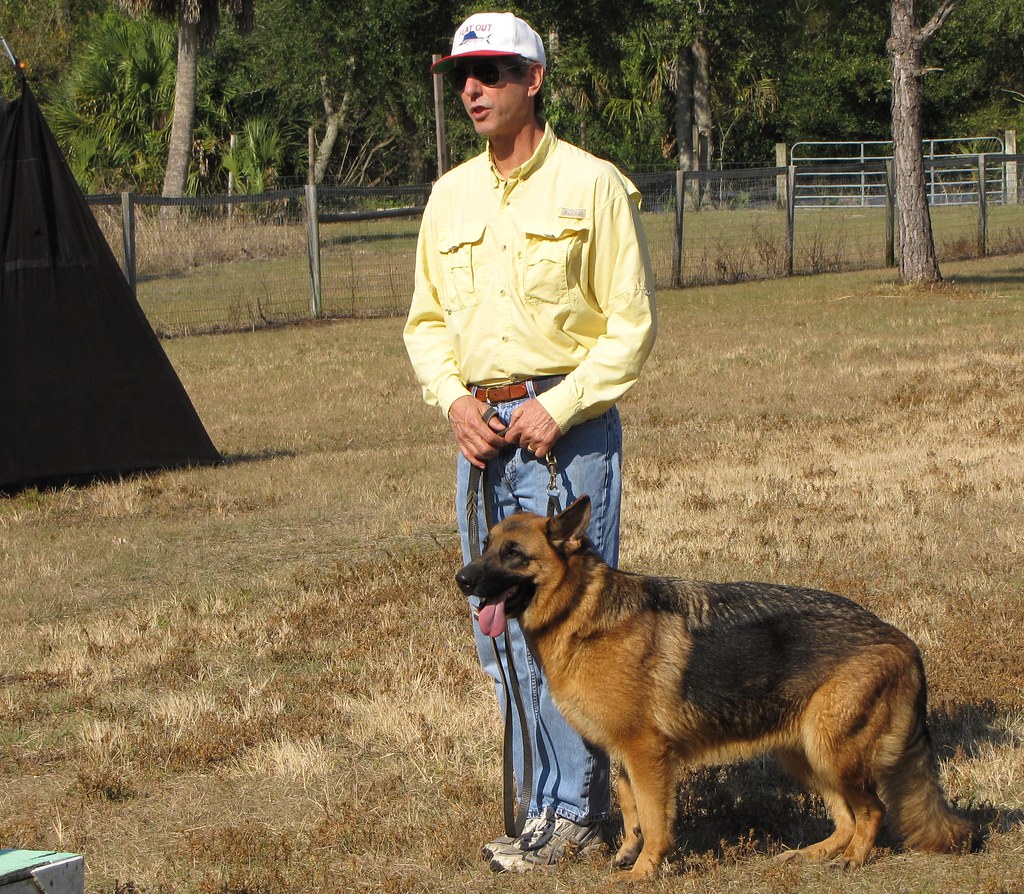Recognizing and Managing Arthritis in Older Dogs
Understanding Arthritis: What Is It?
Arthritis is an umbrella term that encompasses various types of joint inflammation. In older dogs, osteoarthritis (OA) is the most prevalent form. OA occurs when the cartilage cushioning the joints wears down over time due to age or injury.
Key Characteristics:
- Degeneration: The protective cartilage on bones gradually deteriorates.
- Inflammation: As the cartilage wears away, inflammation occurs in surrounding tissues.
This condition can lead to pain and discomfort for your furry friend. Understanding arthritis helps you take proactive steps toward managing it effectively for your older dog.
Recognizing Symptoms Early
Detecting arthritis early can make a significant difference in your older dog’s comfort level and overall well-being. Common symptoms of arthritis in older dogs include:
- Limping or lameness: Noticeable changes in how your dog walks.
- Stiffness: Difficulty getting up after resting or reluctance to jump.
Other signs may include decreased activity levels or behavioral changes such as irritability or withdrawal from social interactions with family members or other pets.
Additional Indicators:
- Reluctance to climb stairs
- Excessive licking at specific joints
- Weight gain due to reduced mobility
If you observe any combination of these symptoms persisting over time, addressing them promptly is crucial for your older dog’s comfort and longevity.
Causes Behind Canine Arthritis
Understanding what triggers arthritis can help you mitigate risk factors associated with this painful condition. While aging is a primary factor contributing to osteoarthritis development in older dogs, several other elements play a role:
- Genetics: Certain breeds are predisposed to joint issues (e.g., Labrador Retrievers).
- Obesity: Extra weight puts additional strain on joints.
- Injuries: Past injuries, like fractures, can lead to premature wear-and-tear on joints later in life.
Preventative Measures:
To reduce the likelihood of developing arthritis in older dogs:
- Maintain a healthy weight through balanced nutrition.
- Engage your dog in regular exercise tailored for their age and ability.
Taking these preventative measures not only supports joint health but also enhances overall well-being throughout their golden years!
Effective Management Strategies
Once diagnosed with arthritis, there are numerous ways you can help manage your older dog’s condition effectively:
- Veterinary Care
– Regular check-ups ensure proper monitoring and treatment adjustments as needed.
– Medications such as non-steroidal anti-inflammatory drugs (NSAIDs) may be prescribed by veterinarians for pain relief.
- Physical Therapy
– Consider professional physical therapy sessions tailored specifically for older dogs; hydrotherapy has shown excellent results!
– Gentle exercises like swimming promote movement without stressing sore joints.
Home Adjustments:
Making small modifications at home can greatly enhance comfort for your older dog:
- Provide orthopedic beds designed specifically for joint support.
- Use ramps instead of stairs whenever possible; this reduces strain on legs while maintaining mobility around the house!
When To Seek Professional Help
While many cases of canine arthritis in older dogs are manageable at home through lifestyle adjustments and supportive care routines, there comes a point where consulting veterinary professionals becomes necessary:
- If symptoms worsen despite management efforts,
- If new symptoms arise that were previously absent,
- Or if you’re unsure about dosage levels regarding medications prescribed earlier on,
It’s always better to be safe than sorry! Your veterinarian will provide guidance tailored uniquely to improving quality of life for your older dog while addressing underlying concerns.
—
Recognizing and managing arthritis in older dogs requires vigilance from pet owners along with compassionate care strategies aimed directly at alleviating daily discomfort experienced by our furry friends. By understanding the signs that indicate potential issues ahead and knowing the best ways to respond, you empower yourself to enhance those precious moments shared with your older dog!
news via inbox
Nulla turp dis cursus. Integer liberos euismod pretium faucibua





